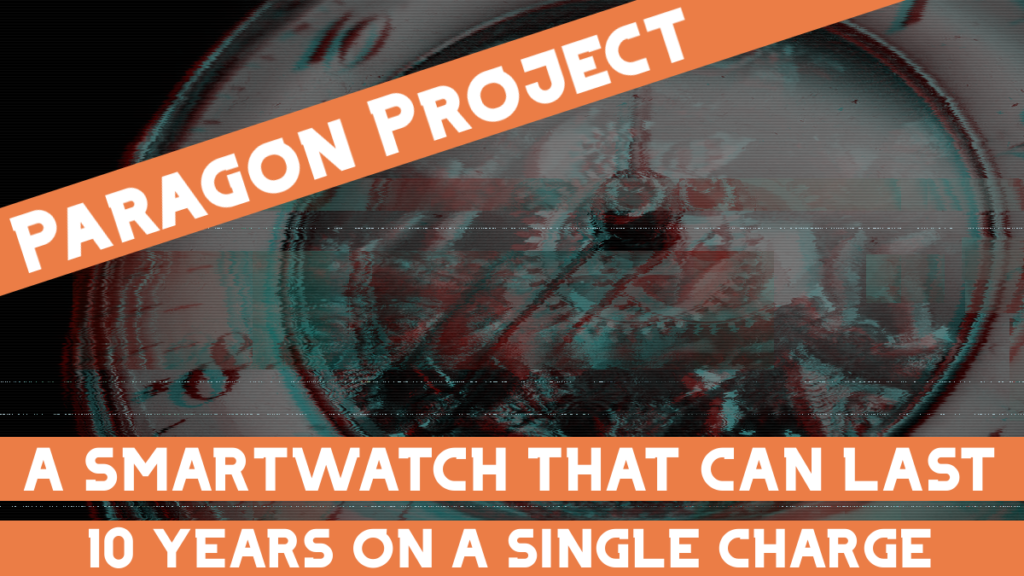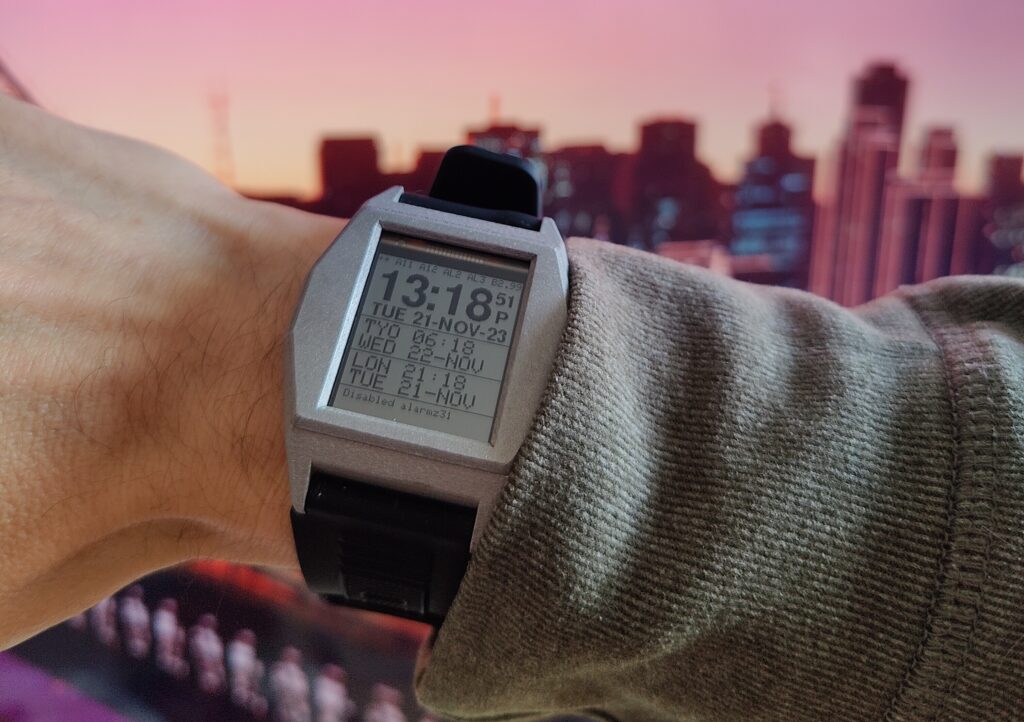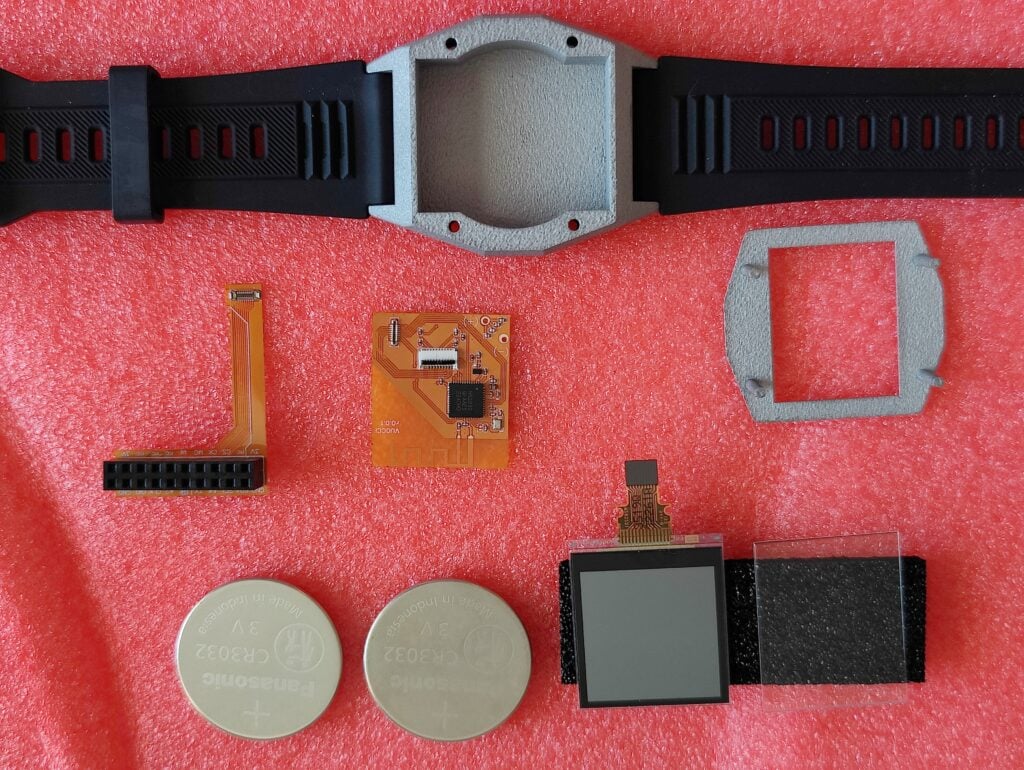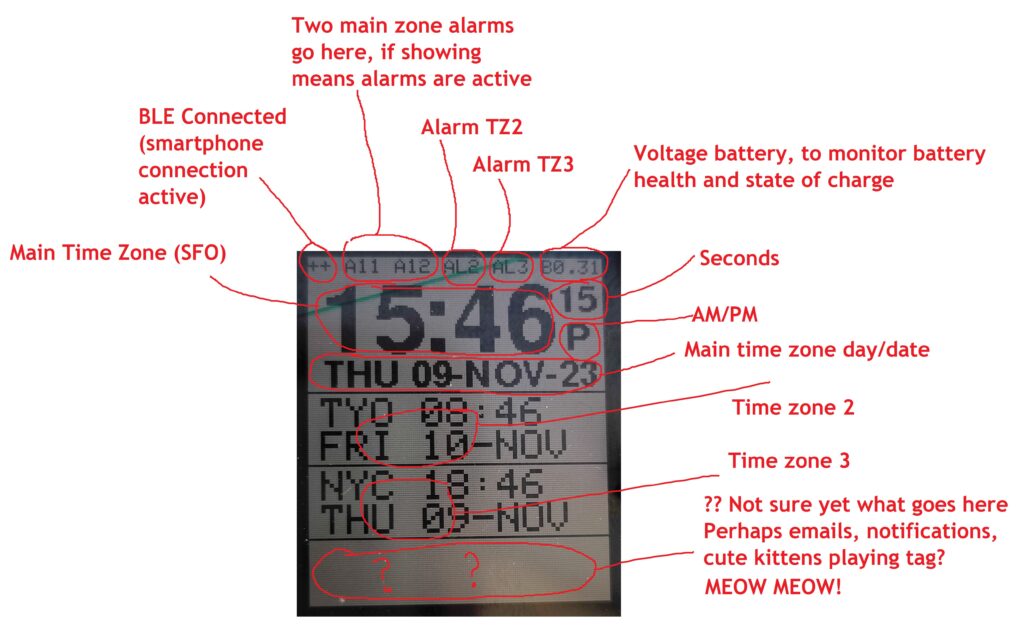Paragon Project: The Last Watch You’ll Ever Need

The idea of this project is to create a smartwatch that will last 10 years on a single charge. As its maker dubs in on the Hackaday page, it’s “the last watch you’ll ever need.”
That maker is Valentine Balkanski and I’m very excited to feature this project here.
It’s still a work-in-progress, but things are moving rapidly.
Best of all, Valetine has shared extremely detailed notes throughout the development of this project. At the time of writing, the Hackaday page has 4 full pages of logs that have been uploaded since November 6th.
So you can really go through all the nitty-gritty details of how this project is coming together!

While commercial smartwatches seem to focus more and more on power at the expense of battery life, this project moves thing in a different direction.
As Valentine puts it “…we are trying to advance the art a lot further than others into the low-power domain.”
And that’s what makes this project so fantastic!
Hardware
So, at the heart of this project is an STM32U575 chip.
The STM32U5 series is well-known as ultra low-power microcontrollers. For Bluetooth Low Energy (BLE), Valentine has gone with a Nordic BLE module.
In the logs, Valentine mentions that some engineers over at Nordic have offered to assist the project, which is pretty awesome on their part.
When it comes to the battery, it’s got a SEIKO Manganese Lithium coin battery.
One thing that has changed is the watch face. Initially, Valentine planned on going with an E-Paper display. However, that was actually too resource-intensive. So now it’s got an Adafruit SHARP memory display.
Then there’s a custom PCB and, if you go through the logs, you’ll see that it’s the third iteration in an ongoing line of custom PCBs for this project. I’m super excited to see how these PCBs develop from here!

The body of the watch is then finished off with stainless steel body and a silicone strap. So not only will the battery last forever, but the watch itself will last forever too.
In fact, Valentine’s calculations suggesting a potential 28 years of battery life. But with practical considerations like self-discharge and intermittent BLE usage, 10 years should be within reach.

As you can tell, another key feature of this smartwatch is that it has no buttons. The idea here is that for customization (setting alarms, changing the watch interface, etc), you’ll have to turn to a smartphone app.
That’s another feature that keeps power consumption to a minimum.
And, speaking of power consumption, Valentine decided to prototype how well the smartwatch would work with solar panels. The result? “[E]ven shading one of the solar cells still kept the watch ticking”!
The possibilities here are really endless.
As the project progresses, Valentine is looking to add more and more functionality. The watch will come with a magnetometer working as a digital compass, an accelerometer to measure steps and other bodily activity, and perhaps even a depth pressure sensor.
In the pursuit of the ultimate smartwatch, Valentine’s project has to be at the top of the list!
Software
Now, while Valentine has kept detailed logs regarding hardware and prototyping, less appears regarding the firmware.
It’s clear that Valentine has written the firmware from scratch, but (thus far) has not shared the details on the Hackaday page.
I have to admit, that’s one of the parts I’m most excited to read more about, because it’s clear that it’s been at the center of a lot of the early issues, especially with the RTC and with the SPI interface.

I will be sure to update this page as Valentine updates the Hackaday page. And if/when there is more information about the firmware, I’ll gladly post it here. So stay tuned!
Conclusion
Huge shout-out to Valentine for really pushing smart watches in a new direction!
Be sure to go check through logs yourself on the Hackaday page.
One thing I really love about projects is when makers share really detailed logs. It opens up the whole blackbox of what went into something like this.
For instance, Valentine ran into some problems with the thermals early on. The lesson? “Buy cheap online crap, get cheap online crap.”
In the meantime, if you want to see more of our Paragon Projects series, you can click on the button below.
We’ve featured a number of smartwatches, but none of them quite like this!
And if you haven’t yet, be sure to subscribe to our Newsletter. We share many of the projects we feature in this series.
I can’t wait to see how Valentine gets it hooked up to solar panels more permanently.
What would you do with this smartwatch project? Any sensors or details you’d add?